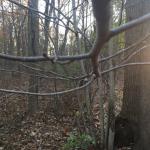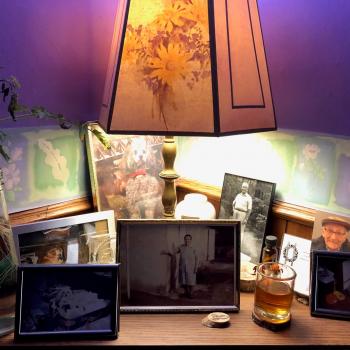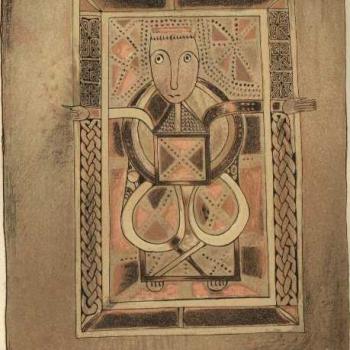Reconstructionism is a methodology, not a religion. My religion is Celtic or Gaelic Paganism. We may call it Celtic Reconstructionist Paganism, but that is giving our religion a middle name after the method which we use to arrive at facts and best guesses about our pagan practice. Calling our religion Druidism or Druidry is problematic. Our Priests are Druids; their practice is Druidry, but not everyone is a priest. Saying the entire religion is called Druidism is like lumping all Catholic tradition under the name Priestism. In Celtic Paganism, not everyone is a Druid. In Germanic Paganism, not everyone is a warrior, or gothi, or vulva.
I practice my Celtic reconstructionism in an ADF context. Reconstructionists generally reserve the label of Druid and apply it only to those servants of communities, students of liturgy and song, counselors and thinkers, scholars and teachers.
In ADF, there are two schools of thought, ‘everyone is a druid’ is the first, with the second being, ‘our clergy are our druids’. The second school of thought is a conscious representation of the unconscious truth that has always existed within ADF, that is to say, if the clergy are present, then they will be the ones to oversee the rites to ensure that they are culturally in line with tradition and lore. Our druids are our men and women of the stole in every sense. Because they are the people most prepared to make the sacrifice.
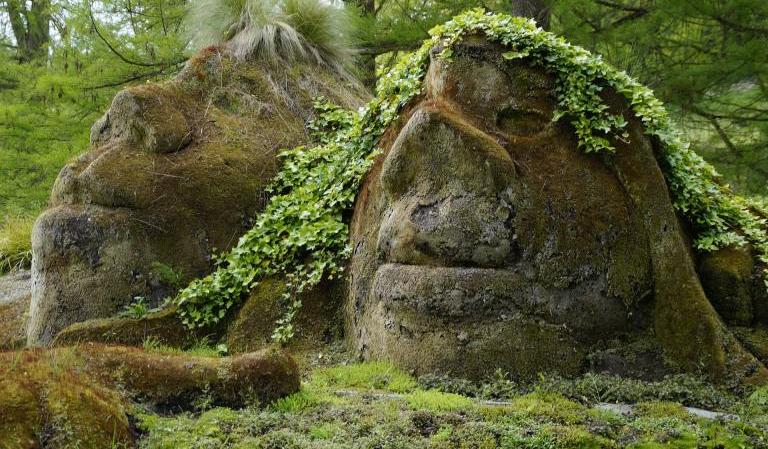
The first and second schools of thought seem to stem from the way ADF uses the mystery and romance behind the word druid. ADF tries to apply that romance to a new order of clergy representing the men and women of the gods, the poetic sacrificers of all Indo-European hearth cultures. But the first school seems to combine the impulse to distinguish itself from Wicca and the rest of neopaganism. Therefore, magical people seeking Celtic magical practice often call themselves druids. However, in Celtic speaking areas, magic was practiced by all layers of society, even down to the waulking charms. Not everyone can be a druid, or poetic sacrificer because that requires a specific set of skills rendered after many years of study and practice.
In a reconstructionist methodology, the seeker of truth and wisdom aims to eliminate fanciful bias, that may or may not arise from practice, in preference for what is real. Like druids, recons are truth seekers. To seek truth, you must distrust even your own knowledge. Its the only way to get away from our own bullshit.
Adherence to draconian standards, or fear to invent things, is not a requisite of reconstructionism. Reconstructionism does not refer to the reconstruction of iron age paganism. Many people outside, and inside ADF, let their tendency to defend their favorite thing, those who do not move the rocks and plow the soil of the self enough to see past the label’s initial assumptions. It’s this succumbing to bias from which we try to get away. So it works out in our favor that people think we are draconian revivalists of an ancient religion that can’t be exactly revived. It works out because it acts as a filter through which people who want the truth but aren’t seeking it through bias removal cannot pass.
Reconstructionism does not refer to the reconstruction of iron age paganism.
But to simplify it, Reconstructionism seeks to discover what we know about Iron Age paganism and project that forwards as if Christianity never existed in pagan regions, to arrive at a sensible modern religion that includes only the best aspects, into a modern context with our current level of progress and problems. Since this is what ADF seeks to do in its vision statement, I often argue with great success that ADF is an Indo-European reconstructionist church operating globally. And it would be the biggest one too.
The reconstructionists who would disagree with that statement are those who do not approve of the suspension of the use of reconstructionist methodology to arrive at certain practices. These mostly center around the Earth Mother and the Gatekeeper. These two issues aren’t unsolvable. One is an assumption that many people make due to today’s educational system. Because earth refers to our planet, people view the Earth mother as the spirit of the entire planet. This, however, is a mistaken assumption because one can easily worship the Dirt Mother(i.e. Nerthus, Anu, Jord). And through druid apologetics, we can forget the history behind where ADF got a gatekeeper practice, and start a new using the methodology. We might arrive where this article takes us. Or we might simply look to our Vedic hearth cultures where Agni brings the other gods forth.
“As at man’s service of the Gods, Invoker, thou, Son of Strength, dost sacrifice and worship,
So bring for us to-day all Gods together, bring willingly the willing Gods, O Agni.” – RV 6.004.01
Part of the reconstructionist methodology is the precedence for the creation of practices. If we fill a hole with a modern thing, it has to have precedence for it proving there is a hole there. But, if a student finds precedence for a better way, the priest must work it into place if the precedence is strong. The is one reason we avoid setting customs at all without precedence because once we start doing them, our group will likely not want to change them very often. One side avoids temporary fixes and would rather wait for Celtic scholars to put forth a work or theory on the matter. I think that the only rubric that matters, in the end, is that the ancestors recognize what we do as made from components of Celtic culture.
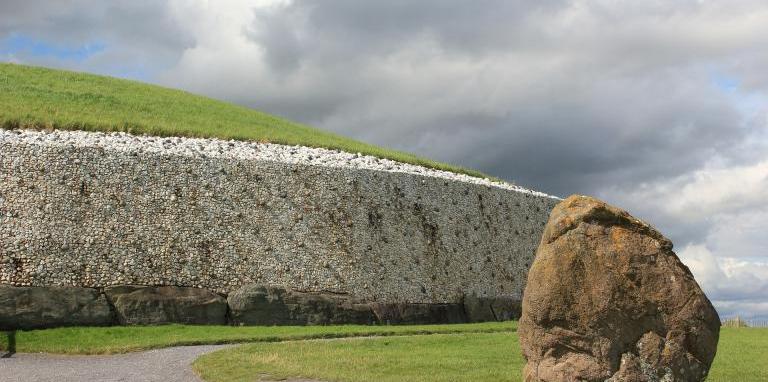
An example of this is when we formed HearthStone Grove, we used Mannanan as a gatekeeper, however, we now ask Brighid to dwell within the fire and pour forth from the well, while we open the gates. The shift was pretty easy. We see the fire as the same being as ‘The Red One of Great Knowledge”, while his daughter, “The High One”, dwells within the hallows opening them as ways, not gates. We originally worshiped the Earth Mother but have moved to honor two different land goddesses. Neither of which is the spirit of the entire planet.
The primary goal of our methodology is to learn as much as we can about the Iron age paganisms which we study and to envision how they would have evolved while practicing what we think it would result in today. This means we don’t want to recreate and live in Iron age villages. Some of us do have a cautious technophilia and live on or maintain farms. Others live in cities and pay no mind or have no interest in rural lifestyles. Celtic Reconstructionism and Paganism are for a full range of diverse people.
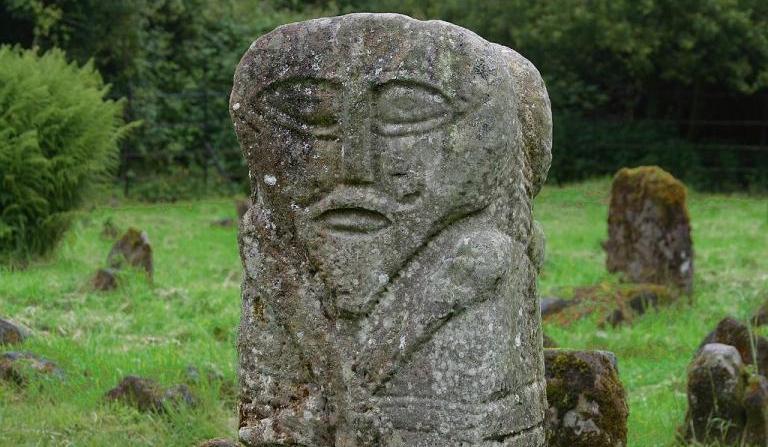
Any form of Indo-European paganism is going to be predominantly polytheist. However, you will have theists of many kinds. Polytheism is a natural extension of animism that grew alongside it. In that way, the gods are merely the tip of the hierarchy of the spirits of the cosmos. In India, godhood is synonymous with spirithood. This doesn’t oversimplify matters; it stretches out a plural spectrum of godhood from the souls of bugs to the gods who brought order to the Cosmos, so it nuances matters.
Everything we do is toward and within a modern context Celtic, Norse, Greek, Roman, Slavic, Vedic or Baltic religion. We look at what we know and conceive of a trajectory of what would have become as uninterrupted paganism in a modern setting.
Recons “mix customs with meditative, ritualistic, ecstatic practices” and use “Old manuscript sources, regional folklore”(CR FAQ) and use and create neo myth through bardic studies. We prioritize this prior knowledge(gnosis) and wisdom over what the gods tell us in visions and practice. This gnosis is commonly known as Unverified Personal Gnosis(UPG).
UPG is the last thing that informs a recons worldview and practice. Also, UPG is where crazy people, evil cult leaders, and abusing priests try to speak for the gods or as the gods. But above all, none of us want to fool ourselves. We go for repeatable experiences which we share with one another to recognize which are common, and that is when we start to make significant, inspired knowledge together.
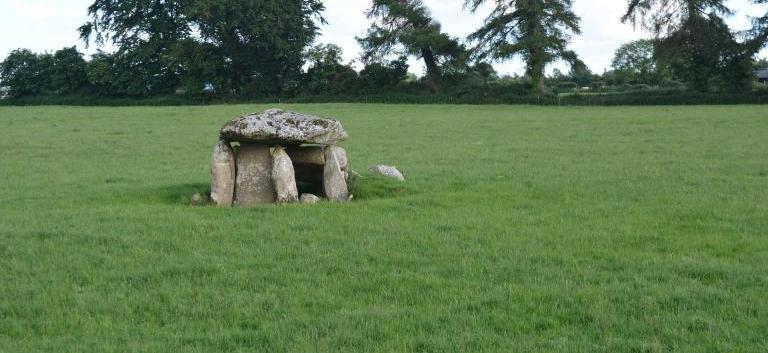
We all want to be effective teachers to everyone in our tribes if your path is like mine as a Draoi or Drui. We start with being compassionate, virtuous, pious, and seeking Fírinne(Truth). Therefore we distrust even the gods and spirits and what they tell and show us in trance work. When our UPG fits with our other studies, we accept it. When we have the same UPG as another person, it becomes a Shared Personal Gnosis, or SPG. You may even verify it later, and then it just becomes knowledge.
Pagan Reconstructionism is the first use of the term as applied to a methodology of arriving at practices to express religion. Reconstructionism was first used by the founder of ADF, according to the oral tradition of the old guard of neopaganism. It was later applied to other faiths using the same approach in their cultural paradigms and applied to the past religions of similar nature. Reconstructionism, in general, was started in the 1960s on the East Coast of the United States. ADF was initially referred to by our founder as ‘eclectic reconstructionism’ which no one took seriously. But Indo-European reconstructionism applies well. Celtic Reconstructionism was first formed by C. Lee Vermeers and Erynn Rowan Laurie.
Sources
CR FAQ
Druid’s Progress
Drawing Down the Moon
ADF Website
Bonewits, Isaac (2006). Bonewits’s Essential Guide to Druidism



